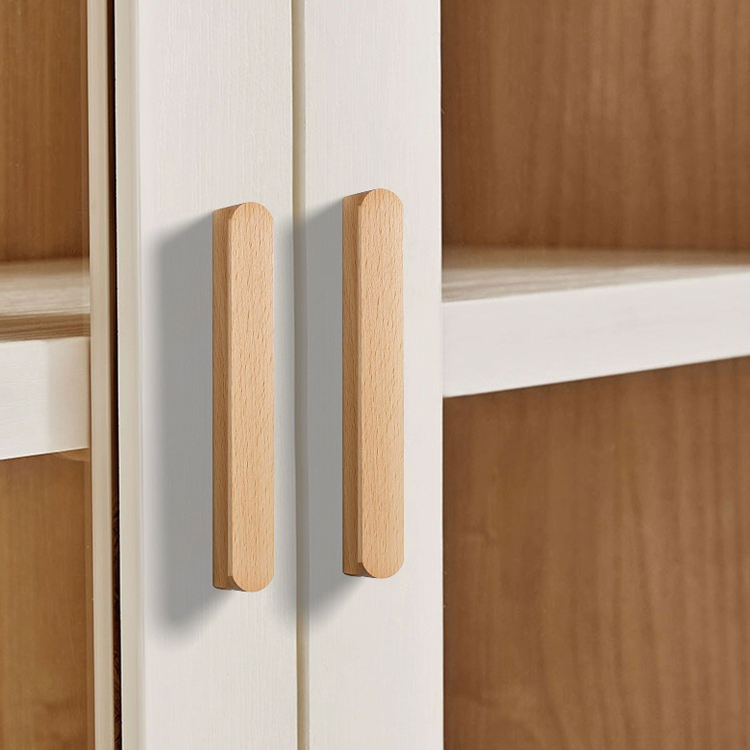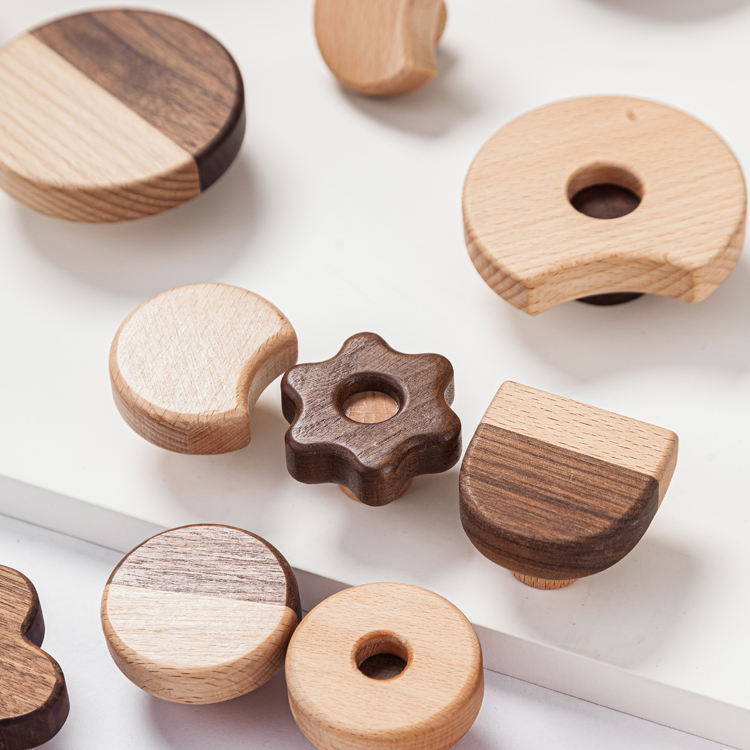Wooden furniture handles develop a beautiful patina over time, adding character and depth to both the handles and the overall furniture piece. The patina journey of wooden handles is a natural and captivating process that enhances the aesthetic appeal and tells a story of use and history. Here’s how wooden furniture handles age with character:
1. Natural Aging Process:
As wood interacts with its environment, it undergoes changes that contribute to the development of a patina. Factors such as light, air, moisture, and touch all play a role in this process.
2. Color Changes:
Wooden handles often undergo color changes over time. Exposure to light and air causes the wood to darken, deepening the natural hues of the wood species.
3. Enhanced Grain Patterns:
With age, the grain patterns of the wood become more pronounced. This adds visual interest and depth to the handles, making them more captivating.
4. Smoother Surfaces:
With frequent use and handling, the surfaces of wooden handles become smoother and polished. This tactile experience adds to the appeal of the handles.
5. Fading and Patina:
Exposure to light can cause the original finish of the wood to fade, resulting in a more muted and aged appearance. This patina creates a sense of warmth and history.
6. Unique Markings:
Over time, handles might develop unique markings, such as small scratches, dents, or imperfections. These marks contribute to the handles’ individual stories.
7. Natural Sheen:
Well-used wooden handles often acquire a subtle natural sheen that reflects light in a way that enhances their beauty.
8. Emotional Connection:
As wooden handles age, they build an emotional connection with the furniture and its users. The patina becomes a testament to the furniture’s journey and the memories associated with it.
9. Antique Aesthetics:
Aged wooden handles can lend an antique or vintage look to the furniture. This can enhance the overall charm of the piece and make it a unique addition to your space.
10. Sustainability Message:
The patina journey of wooden handles also highlights the sustainability of wood as a material. As the handles age gracefully, they serve as a reminder of the durability and longevity of wooden furniture.
11. Storytelling Element:
Each change in the patina tells a story. Whether it’s a worn area from years of use or a darkening spot from where hands commonly touch, these elements add depth to the narrative.
12. Preservation and Maintenance:
While patina is a natural and desirable process, proper maintenance can help preserve the wood’s integrity. Regular cleaning and applying a protective finish can slow down wear and maintain the beauty of the patina.
The patina journey of wooden furniture handles is a testament to the enduring beauty of natural materials. As handles age with character, they become an integral part of the furniture’s history, adding a layer of authenticity and charm that can’t be replicated by new materials.


